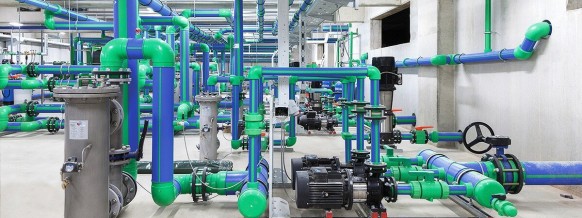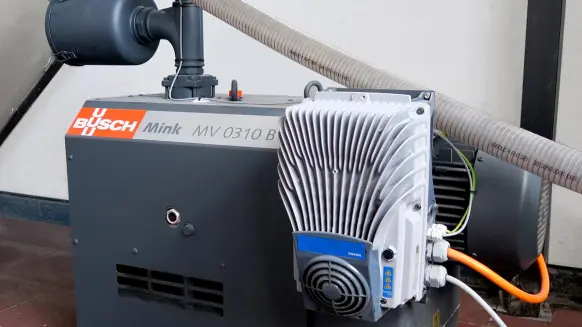How does pneumatic conveying work?
Pneumatic conveying is a proven and efficient method for the transport of bulk goods. Such as dusts, powders, granules and other fluidizable materials. Quickly and reliably. From one place within a production site to another.We differentiate between two common techniques: Pneumatic suction conveying and pneumatic overpressure conveying. Depending on whether vacuum or overpressure is applied.
Pneumatic suction conveying
Pneumatic suction conveying is used for the transport of sensitive materials. To avoid any contact with the ambient air.Therefore, pneumatic suction conveyors are the systems of choice in the food, pharmaceutical and chemical industry. As well as for transporting granules in plastics processing applications.
Moreover, vacuum conveyors can handle moist materials. For example, in the disposal of wet waste or the transport of bark mulch.
Pneumatic overpressure conveying
Pressure conveyor systems are similar to their vacuum counterparts. But work with overpressure.The bulk materials are blown along pipelines from the source to their destination. With pneumatic overpressure conveying, high pressure differentials are possible. Therefore, even heavy products can be transported. For example, sand, gypsum and cement.








